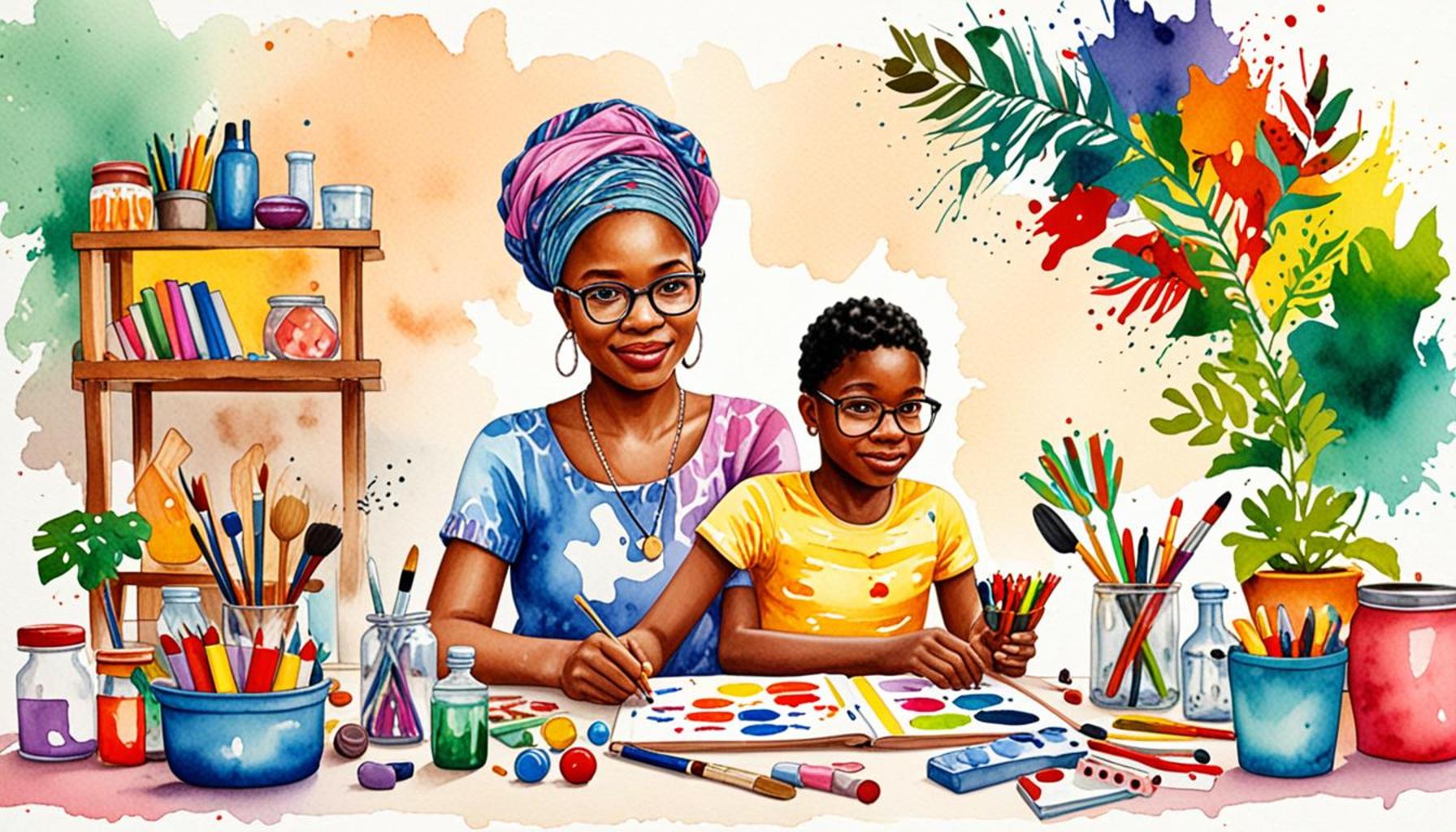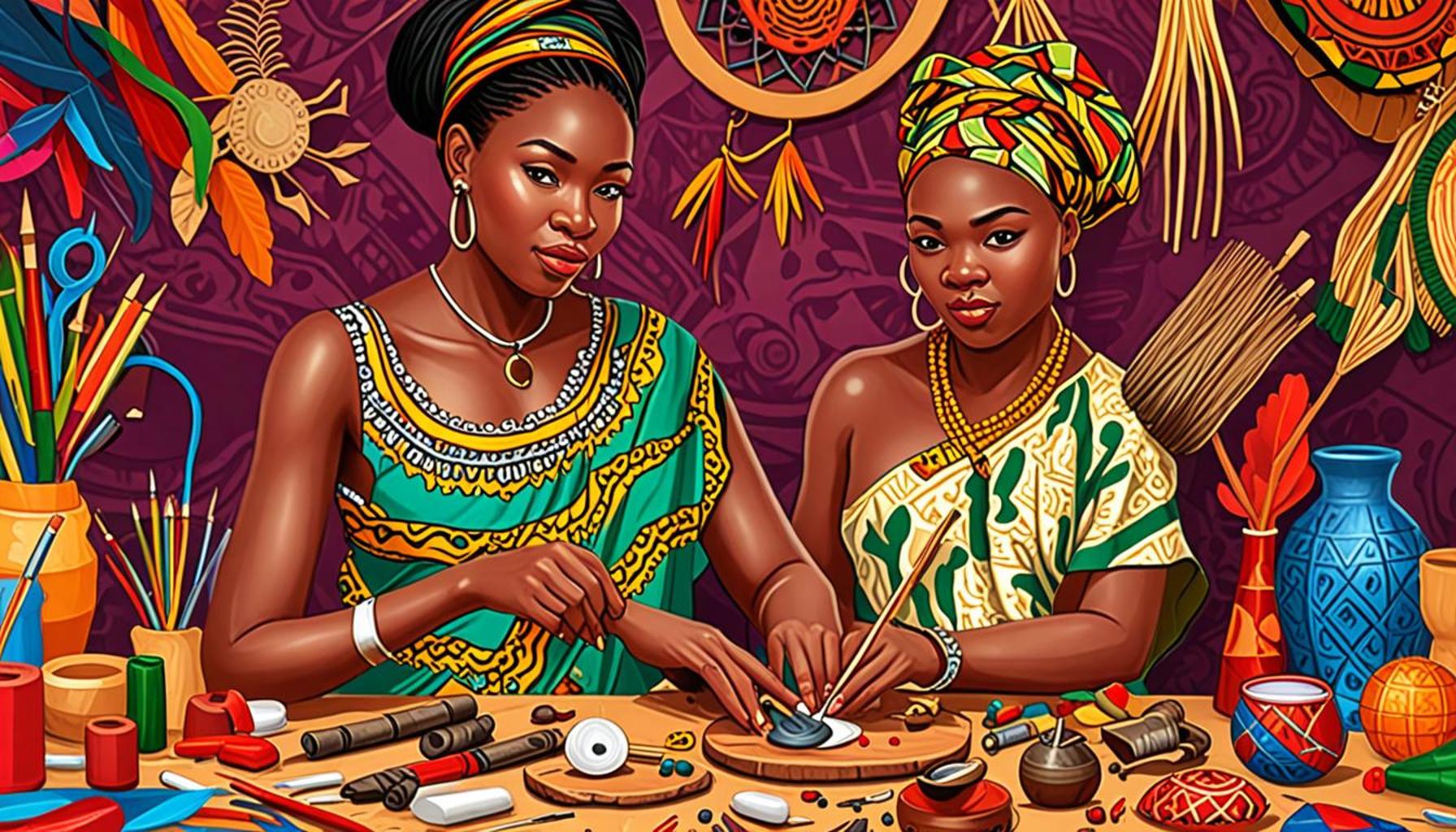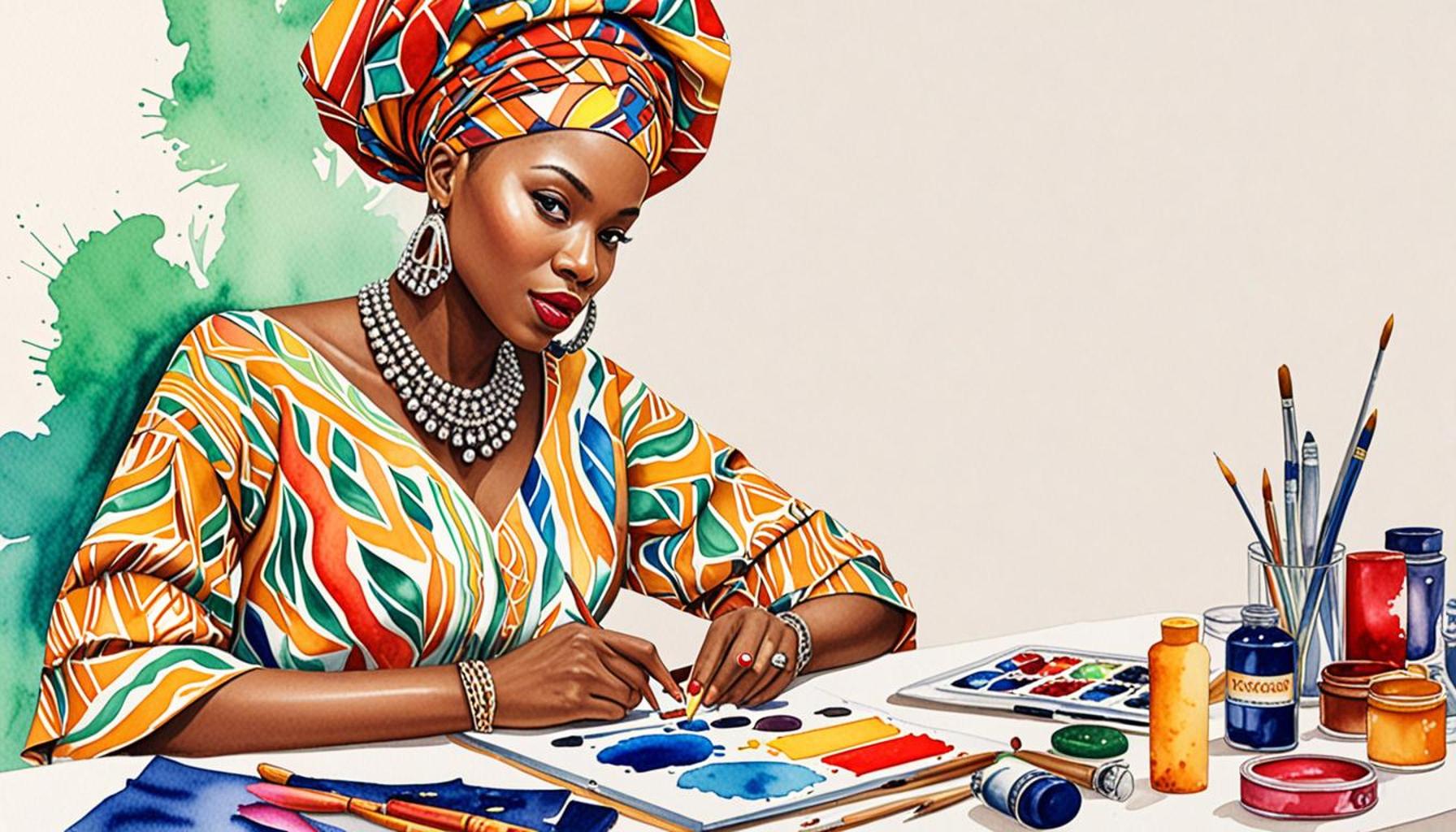The Intersection of Craftsmanship and Digital Art: Exploring New Frontiers in Nigerian Creativity
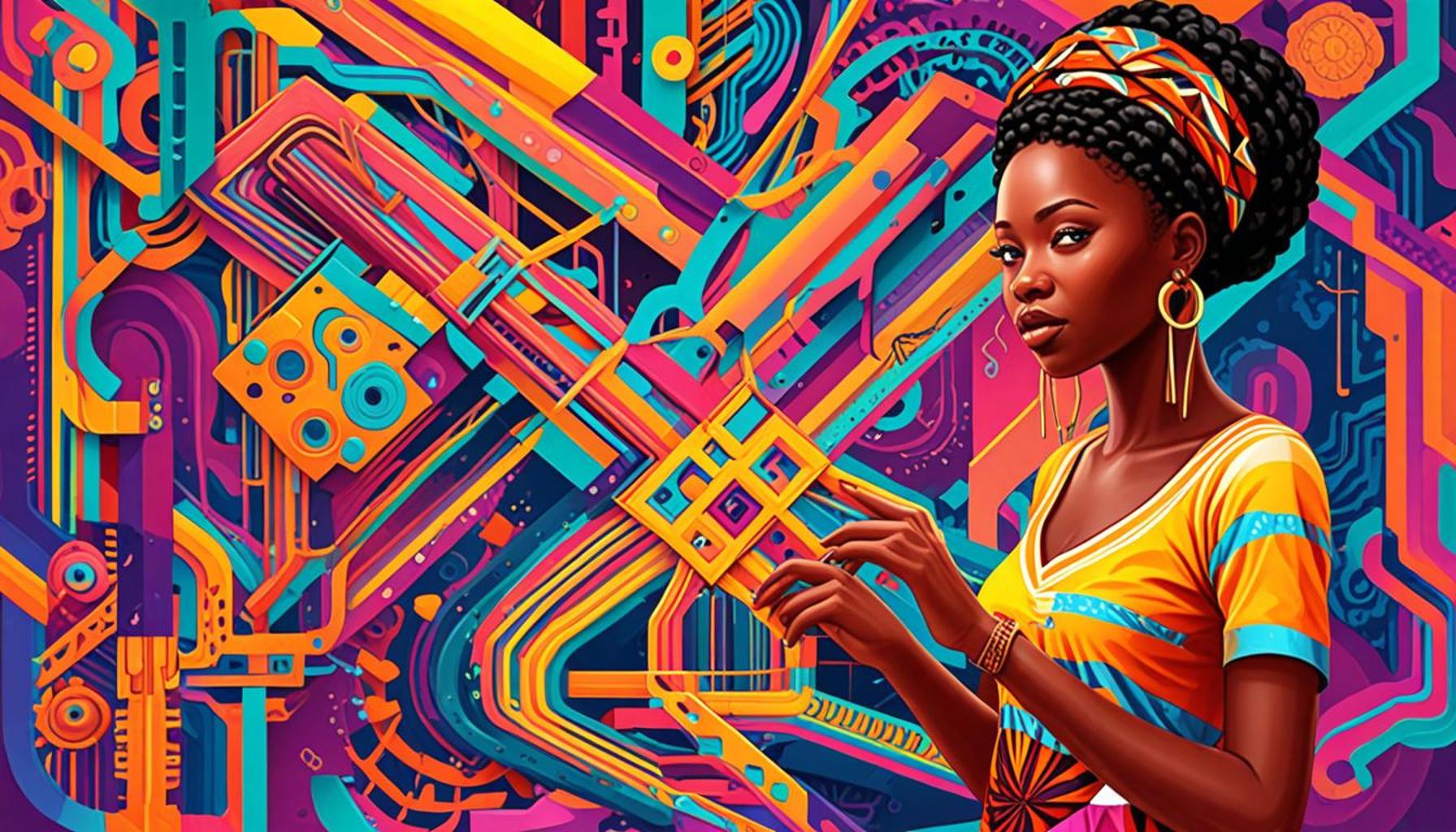
Understanding the Fusion of Crafts and Digital Art in Nigeria
The synergy between traditional and modern art forms is vividly illustrated in Nigeria, where artists are redefining their creative landscapes through an engaging blend of established craftsmanship and contemporary technology. This fusion not only encapsulates the rich cultural heritage of Nigeria but also projects its vibrancy into the global arena.
Collaboration between traditional artisans and digital designers stands out as a prominent feature of this artistic evolution. For instance, a local wooden craftsman may partner with a graphic designer to incorporate digital prints onto handcrafted items, such as furniture or home decor. This union not only enhances the visual appeal of the products but also preserves the artisan’s original techniques, bridging the gap between the past and the future. One notable example is the collaboration between textile artists in Aso-Oke and digital illustrators who create new patterns that reflect modern aesthetics while maintaining traditional themes.
Furthermore, the advent of digital platforms has revolutionized how artisans connect with audiences. Accessibility has dramatically increased as artisans from remote corners of Nigeria can now showcase their work online, reaching international customers through e-commerce websites and social media. Artisans like those from the Sokoto region have utilized Instagram to share captivating images of their intricate handicrafts, attracting interest from buyers all over the world. This newfound visibility not only boosts sales but also instills a sense of pride in Nigerian craftsmanship on a global scale.
New techniques are emerging, thanks to technology. The integration of software for design and 3D printing not only streamlines the creation process but allows for incredible precision and complexity in designs that were once thought impossible. Artisans are now producing intricate jewelry pieces with elaborate designs that reflect typical Nigerian motifs while employing cutting-edge technology, demonstrating how ancient traditions can harmonize with modern innovations.
Beyond aesthetics, this artistic evolution is a formidable force for economic empowerment. By fusing traditional skills with modern technology, Nigerian creatives are not only enhancing their craft but also invigorating their local economies. This burgeoning sector creates job opportunities, encouraging younger generations to pursue careers in the arts while preserving their cultural heritage.
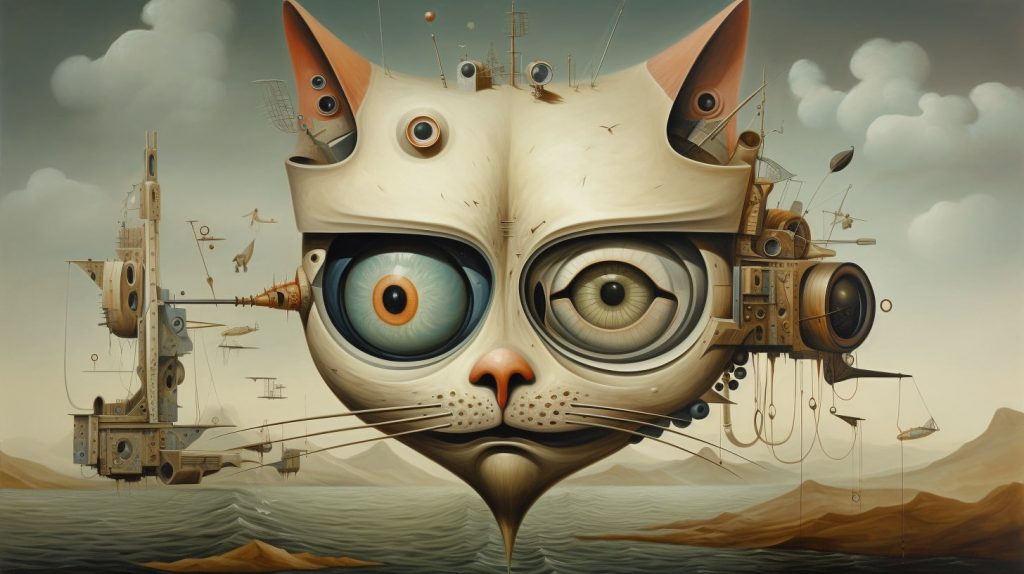
As we continue to explore this captivating interplay of creativity, we will uncover the stories behind the artists, their unique creative processes, and examine the profound impact this synergy is having on the cultural landscape in Nigeria. Those interested in art and culture will find that creativity truly knows no bounds, illuminating new paths in an ever-evolving world.
YOU MAY ALSO LIKE: Read read another article
Nurturing Creativity Through Collaboration and Technology
The intersection of craftsmanship and digital art is reshaping the creative scene in Nigeria, presenting exciting opportunities for artists to expand their horizons. One of the most significant aspects of this development is the collaborative spirit that is emerging between traditional artisans and digital artists. These partnerships fuel innovation, allowing artists to blend their expertise and create unique artworks that resonate with both local culture and global trends.
Artisans are no longer isolated in their respective crafts. They are collaborating across disciplines, leading to cross-pollination of ideas and techniques. For instance, a potter skilled in traditional Yoruba techniques may team up with a digital animator to create mesmerizing visual content that highlights both the craftsmanship and the cultural significance of the pottery. Such collaborations showcase the potential of combining tactile artistry with digital storytelling, appealing to contemporary audiences who are increasingly drawn to authenticity.
Transformative Digital Tools
The rise of digital tools has played a pivotal role in enhancing traditional crafts. Here are key ways that technology is transforming the craftsmanship landscape in Nigeria:
- Augmented Reality (AR): Artists are using AR to bring their physical artworks to life, allowing viewers to interact with pieces in innovative ways. This technology invites a fresh perspective on traditional crafts, enabling a deeper appreciation of the artist’s narrative.
- Digital Fabrication: Tools such as laser cutters and 3D printers are being integrated into the production process, facilitating the creation of intricate designs that were previously unattainable. For example, woodwork artisans can now produce detailed carvings with remarkable precision.
- Virtual Marketplaces: Artisans can access global platforms to showcase and sell their creations, vastly expanding their reach. E-commerce sites tailored for creatives are emerging, allowing artisans to tap into the international market while retaining a local identity.
Moreover, the digital art scene in Nigeria is thriving, with numerous artists exploring new mediums. Graphic design, illustration, and animation have gained popularity, pushing the boundaries of visual expression. Events such as the Lagos Fashion Week have begun to feature collaborations between fashion designers and digital artists, creating dynamic visuals that enhance runway presentations.
As digital artists continue to draw inspiration from Nigerian culture, they incorporate traditional motifs and narratives into their projects. This cultural fusion not only preserves the essence of Nigerian art but also propels it into contemporary dialogues, prompting discussions on identity, heritage, and modernity. Furthermore, various online platforms showcase their works, enabling a broader audience to appreciate the richness of these artistic expressions.
Through technology, Nigerian artisans and artists are redefining what it means to create. As the lines between craftsmanship and digital art blur, the creative community is witnessing not just a shift in techniques but a complete transformation of how art is conceptualized and experienced. In this vibrant ecosystem, innovation thrives, and new frontiers in creativity beckon.
| Advantages | Key Features |
|---|---|
| Enhanced Collaboration | The merge of traditional craftsmanship with digital platforms fosters greater innovation through collective input from various artists. |
| Expanded Audience Reach | Digital art allows local Nigerian artisans to present their work on global platforms, attracting a wider audience and new markets. |
| Preservation of Culture | Digital tools help document and preserve traditional techniques, ensuring that cultural heritage remains accessible to future generations. |
| Innovation Potential | The blending of digital technologies with artistic methods encourages experimentation, leading to new forms of expression and creativity. |
As Nigerian artists venture into the realm where digital art and traditional craftsmanship intersect, they unveil not just art, but a storytelling medium that encapsulates personal and national narratives. These creative dynamics offer immense potential for artists who wish to explore the intricacies of their identity while also engaging with modern technological tools. By utilizing 3D printing and augmented reality, for instance, traditional sculptors can create immersive experiences, allowing audiences to interact with their art beyond the physical limitations of the medium. Moreover, this hybrid arts scene has led to innovative collaborations. Artisans are engaging with tech-savvy individuals, spawning fresh ideas that challenge conventional artistic boundaries. Such collaborations demonstrate the necessity of adaptability in the arts sector, as artists navigate evolving markets and consumer preferences, ultimately contributing to a richer, more diverse cultural landscape.The Nigerian digital art movement is also gaining traction internationally, aided by platforms that enable artists to showcase their work to a global audience. As these artists gain recognition abroad, they contribute to an increasing interest in the narratives of African creativity, emphasizing the importance of storytelling in their artistry. This blend of digital and traditional forms is shaping a unique identity, poised to influence future generations of creatives in Nigeria and beyond.
SEE ALSO: Click here to read another article
Redefining Identity Through Fusion Art
As the convergence of craftsmanship and digital art evolves, a remarkable trend is the emergence of fusion art, where traditional techniques are seamlessly integrated with modern digital methodologies. This new art form reflects a diverse tapestry of identities, telling stories that are both personal and collective. In Nigeria, where over 250 ethnic groups contribute to a rich cultural backdrop, artists are utilizing this fusion to navigate concepts of belonging, heritage, and the future.
Artisans who have historically relied on local materials and methods are now experimenting with digital platforms not only to enhance their craft but to reinterpret themes from their cultural heritage. For example, a beadwork artist from the northern regions may combine their traditional techniques with digital printing, creating unique pieces that embody their heritage while appealing to a global audience. These innovative practices can be seen at exhibitions such as Art Twenty One, where artists showcase works that narrate personal history through a blend of old and new.
The Role of Education and Workshops
Education plays a vital role in nurturing this fusion of craftsmanship and digital art. Numerous workshops and training initiatives across Nigeria have emerged to teach artisans how to use digital tools and software. By collaborating with institutions and leveraging technology, they are not only enhancing their skills but unlocking new artistic possibilities. Programs like the Nigeria’s Youth and Social Development Initiative have begun integrating digital literacy into traditional craft curricula, equipping young artists with the necessary tools to innovate.
Furthermore, the advent of online courses and tutorials has made knowledge more accessible. A craftsperson in a remote village can now learn about graphic design or animation through virtual sessions, broadening their expertise without needing to travel to urban centers. This democratization of information fosters a richer creative landscape, where diverse voices from every part of the country can contribute to a dynamic artistic dialogue.
Community Impact and Economic Growth
The intersection of craftsmanship and digital art is not just about individual expression; it also holds profound implications for community development and economic growth. By embracing digital tools, artisans are not only enhancing their craft but also increasing their marketability. As more artisans engage with global platforms like Etsy and Saatchi Art, they are tapping into previously unattainable income streams, driving local economies.
Moreover, these interactions encourage tourism and cultural exchange as visitors are drawn to Nigeria’s unique blend of traditional and contemporary art forms. Festivals and art fairs that showcase this fusion are becoming increasingly popular, serving as vital cultural hubs that connect artists, buyers, and enthusiasts. The Lagos Art and Design Weekend, for instance, highlights the collaborative efforts of local artisans and digital creators, inviting an international audience to experience the richness of Nigerian creativity.
This collaborative ecosystem fosters innovation, encouraging the next generation of Nigerian artists to think beyond conventional boundaries and engage with their cultural heritage in a multidimensional way. As they share their stories and artworks globally, they not only redefine the perceptions of contemporary Nigerian art but also assert its relevance in ongoing global conversations about culture, identity, and technology.
ADDITIONAL INSIGHTS: Expand your understanding here
Conclusion: Embracing a New Era of Artistic Expression
In conclusion, the intersection of craftsmanship and digital art in Nigeria represents a vibrant and transformative movement that is reshaping the creative landscape. The advent of fusion art not only celebrates the rich tapestry of Nigeria’s heritage but also embraces the technological advancements that have made it possible to reach wider audiences. As artists merge traditional techniques with digital tools, they create compelling narratives that resonate on both personal and universal levels.
Furthermore, educational initiatives and workshops are pivotal in cultivating this dynamic intersection, equipping artisans with essential skills to innovate and thrive in the digital age. As access to digital literacy expands, more voices are joining the conversation, enriching Nigeria’s art scene with diverse perspectives and experiences. This democratization of knowledge empowers artisans from every corner of the nation, contributing to a more inclusive and multifaceted cultural dialogue.
From boosting local economies to attracting tourism, the fusion of craftsmanship and digital art is driving socioeconomic transformation. Events like the Lagos Art and Design Weekend showcase the potential for collaboration and exchange, inviting global appreciation for Nigerian creativity. As this movement continues to evolve, it is set to redefine the narrative surrounding contemporary Nigerian art, positioning it at the forefront of international conversations on culture, identity, and innovation.
As we look ahead, the future of Nigerian creativity lies in the hands of these pioneering artists who are redrawing the boundaries of art. They forge connections between the past and the present, ensuring that Nigeria’s rich artistic heritage not only survives but flourishes in an increasingly digital world. By engaging with these new frontiers, Nigeria stands poised to make a lasting impact on the global arts landscape.
